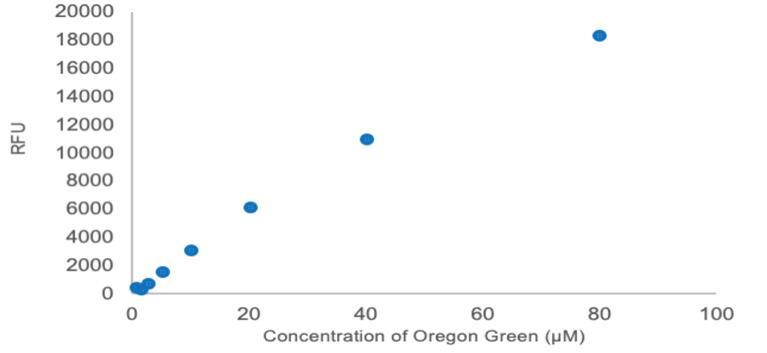
3 minute read
Physiological Correlates of Mental Toughness
Chris Duncan and Lindsey B. Stone
Christopher Newport University

Method
Background
• Mental toughness (MT) is a personality trait which determines how effectively one handles stress and pressure but is typically only measured with self-report data.

• High MT is associated with lower rates of mental disorders like depression, anxiety, and PTSD, and the use of adaptive emotion regulation strategies, implying that mentally tough individuals are better poised to regulate their emotions, thus avoiding negative mental health outcomes.
• The autonomic nervous system (ANS) activity is heavily implicated in mental health, emotion regulation, and stress response. While indices that measure each branch of the ANS in isolation are useful, examining how the branches work together may yield greater insights
• Individuals with low parasympathetic (PNS) activity and high sympathetic (SNS) activity at baseline may be more prone to deficits in emotion regulation and mental disorders. Cardiac Autonomic Balance (CAB) measures the relative contribution of each branch of the ANS and determines PNS or SNS dominance at baseline.
Aim & Hypotheses
• In summary, mental toughness is associated with effective emotion regulation strategies and lower risk for internalizing psychopathology, both of which may be assessed via the ANS.
• The goal of the current study was to determine objective, autonomic correlates of mental toughness.
• We hypothesize that higher Mental Toughness will be associated with higher Cardiac Autonomic Balance, indicating parasympathetic dominance.
• We hypothesize that CAB will be a stronger predictor of MT than individual SNS or PNS indices
Participants
• 49 female undergraduates in a campus sorority
• 14 excluded for medications that affect ANS activity, caffeine, or alcohol consumption
• 5 excluded for non -usable physiological data
• N=30 total participants
Procedure
After providing consent and filling out self -report surveys, physiological data was collected via MindWare device while the participants watched a 5 -minue nature video. PNS activity was measured via HRV, or the variability in time between heart beats. SNS activity was measured via PEP, or the time between the depolarization of the left ventricle and the opening of the aortic valve. CAB was calculated by subtracting normalized PEP values from normalized HRV values. Thus, positive CAB scores denotes PNS dominance and negative CAB indicates SNS dominance.
Since BMI and respiration rate can influence HRV, these variables were considered during analyses. HRV was recalculated by regressing respiration rate on HRV, then averaging HRV residuals. Multiple regression was run to covary for BMI.
Assessing Mental Toughness: The MTQ -18 survey consists of 18 questions, scored on a Likert scale. Responses ranged from 1 (Strongly Disagree) to 5 (Strongly Agree). It includes items such as “Even when under considerable pressure I usually remain calm”
Results
H1: Supported Initial bivariate correlations between CAB and MT trended toward significance p =.054 When adjusting for respiration rate, the relationship was strengthened p =.043 . Covarying for BMI still approached significance, p =.067.
RAD-Lab Relationships in Adolescent Development
Discussion
• Higher MT was associated with higher Cardiac Autonomic Balance
• CAB was a significant predictor of MT while isolated ANS indices were not
• Results are the first to demonstrate autonomic correlates of MT, filling a notable gap in the literature
• Results align with the idea that the relationship between the branches of the ANS extends our understanding past what is possible with isolated ANS indices
• Study was limited by a small sample size, leading to an increased risk of Type II error. We are confident interpreting marginally significant results due to similar effect sizes across all tests.
• In summary, results suggest that mentally tough individuals may be parasympathetically dominant at rest, with implications for mental health and emotion regulation, and applications in high -risk professions, education, and clinical settings.
Contact: Lindsey.stone@cnu.edu
Study funded by OURCA Research LENS Grant
References
1 Clough, P., Earle, K., & Sewell, D. (2002). Mental Toughness: The Concept and Its Measurement. Solutions in Sports Psychology 1(1), 32-45.2 Cohen, S., & Wills, T. A. (1985). Stress, social support, and the buffering hypothesis. Psychological bulletin, 98(2), 310.
2 Berntson G. G., Norman, G. J., Hawkley, L. C., & Cacioppo, J. T. (2008). Cardiac autonomic balance versus cardiac regulatory capacity. Psychophysiology, 45(4), 643-652.
3 McCorry L. K. (2007). Physiology of the autonomic nervous system. American journal of pharmaceutical education, 71(4), 78. https://do i.org/10.5688/aj710478








